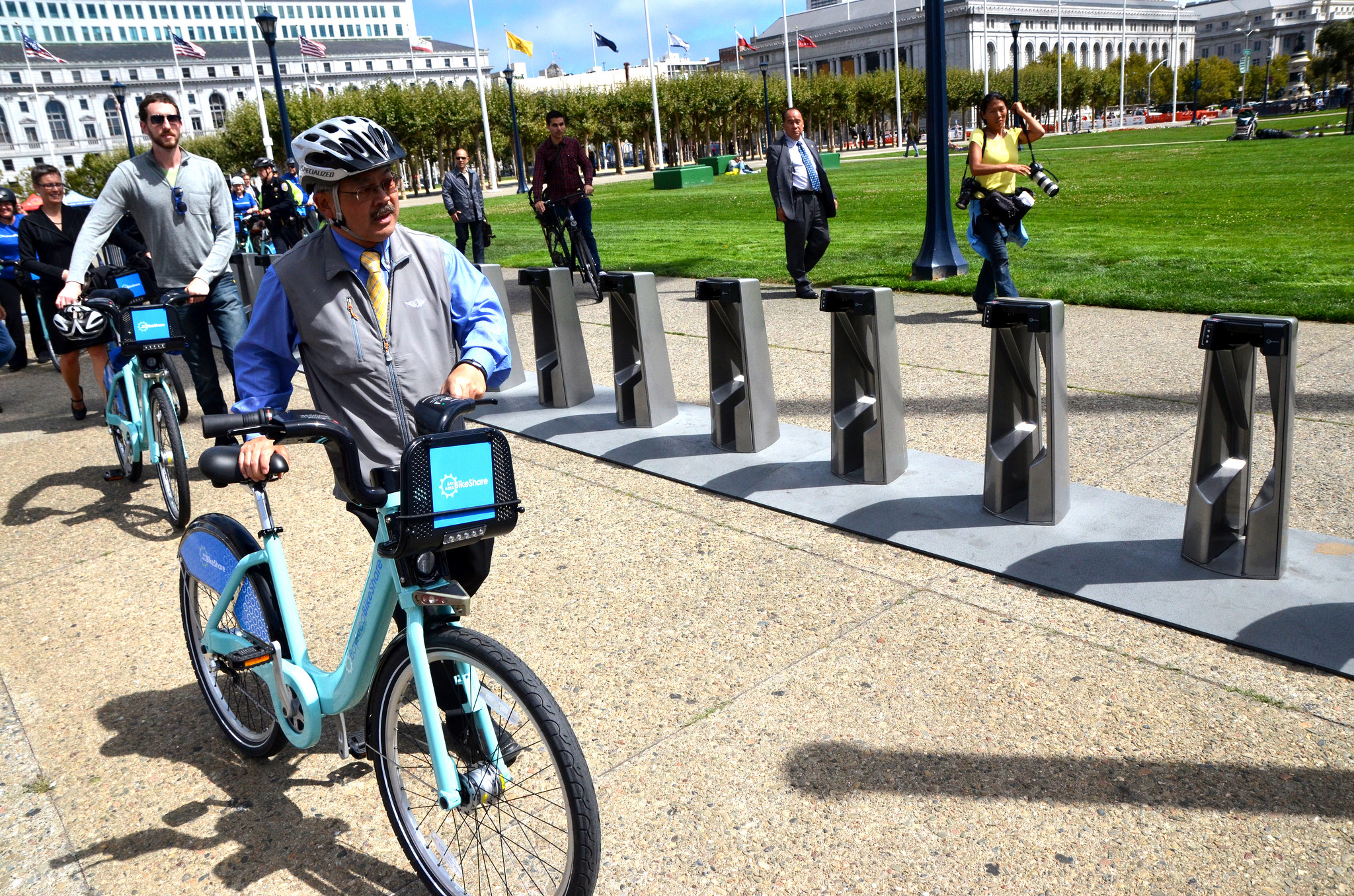What City Observatory did this week
1. Cities are powering the rebound in national income growth. There was great news in this week’s Census report: After years of stagnation, average household income saw its largest one-year gain on record (5.2 percent). But underlying that story was another one: household incomes in central cities surged even faster (7 percent), growth in suburbs was more middling (4 percent) and incomes in rural areas kept shrinking (by 2 percent). This isn’t just about “winners” and “losers,” though. The underlying force here is that cities are better than suburbs or the countryside at producing the goods and services that the current U.S. economy is best at. As much as we might want to turn rural areas into economic winners, we can’t.
2. McMansions: Fading away? A few months after one (bogus) trend story claimed that McMansions were back, there’s a new round of talk that McMansions are passe. It’s powered by a Trulia discovery that homes of 3,000 to 5,000 square feet, built between 2001 and 2007, don’t command the premiums they did in 2012. Nice to know, but it’s hardly surprising if people paying for flashily large homes prefer homes built to the latest fashions. A more fundamental factor, maybe: McMansions’ tendency to be far from urban activity, which commands more of a premium than it did before.

Photo: Dean Terry.
3. Inclusionary zoning: Don’t screw this up, Portland. As our hometown deals with the costs of a housing shortage, it’s likely headed toward a requirement that some new buildings offer a certain percentage of units to lower-income people at below-market rents. Unfortunately, IZ policies in other cities have failed to create meaningful numbers of low-cost units. The risk here is that even with countervailing incentives, rules like this will dampen new construction, especially of higher-density buildings. Our Joe Cortright argues that steps to minimize the potential damage of an IZ program should include a slow phase-in, a simple approval process and an initially low (but rising) fee on developers that opt out of on-site units.
4. Should parking prices reflect opportunity costs? Think of it as Uber’s “surge pricing,” but for parking: when a certain block or neighborhood is in high demand, meter rates rise to keep a few spots open at all times. That’s the techno-utopian dream of today’s parking reformers, but their supply-and-demand formula misses one key factor. What if a space has public value as something other than a parking space, like a bus lane or a parklet? There’s no simple market mechanism for setting the value of such amenities, so cities must ultimately try to find it themselves.
The week’s must reads
1. An overlooked metric: income volatility. Monthly income isn’t just annual income divided by 12 — and the difference is a major force in the lives of middle- and low-income Americans. Jonathan Morduch and Rachel Schneider tracked transactions by 200 households for a year and found that the typical household earning 36,000 a year will spend five making significantly more or less than $3,000. Since 92 percent of Americans say they prioritize financial stability over higher income, urban policies should take this volatility into account and look for ways to mitigate it.
2. Ford’s plan to reinvent mobility. After years of talking in theory, the country’s oldest major automaker is putting its cards on the table. Ford Motor Company will buy the 2-year-old private shuttle startup Chariot and partner with bike-share industry leader Motivate to create an online service called FordPass that will offer integrated private transit by shuttle and on 7,000 shared bicycles around the Bay Area. It plans to expand Chariot to five more cities in the next 18 months. “Sometimes the old technologies are best,” San Jose Mayor Sam Liccardo said at the announcement.

San Francisco Mayor Ed Lee, arriving at work by bike share. Photo: San Francisco Bicycle Coalition.
3. How Seattle killed microhousing. It’s rare to read a blow-by-blow explanation, complete with anecdotes, of a good municipal policy suffering the death of a thousand cuts. Architect and developer David Neiman tells the story of how this happened in Seattle. He begins with a young woman who most cities would love to have as a resident and shows how one decision after another made it impossible to build more of the sort of home that has made her life possible.
4. How about “Schools on Safe Routes” instead? Strong Towns’ Charles Marohn has a biting observation about the armies of advocates and pros working to retrofit biking and walking routes into school sites using “Safe Routes to Schools” funds: where were those people when new school locations were being determined? He’d rather see the “billions spent annually on new schools be spent in neighborhoods that are already safe for children, neighborhoods where children are actually located.”
New knowledge
1. How to make private transit work for the public interest. Cities and transit agencies have things that Uber, Chariot and other mobility startups want — like parking spaces and public right of way. They should use those to negotiate for things the public wants from private companies, like equitable coverage, open data and contracted services. A new report from Transit Center offers lessons for transit agencies on planning for a new multimodal age.
2. Pick your poison: sprawl, demolish or displace. An analysis of 60 years of U.S. housing outcomes by economist Issi Romem for the contractor service BuildZoom finds a classic “trilemma” for urban regions. They can accommodate growth by sprawling into rural areas; they can accommodate growth by allowing physical change to occupied areas; or they can minimize housing construction and watch home prices climb. (BuildZoom observes that since 1950, most metro areas have chosen either “sprawl” or “displace.”) Data and maps for 569 metro/micro areas are open and downloadable.
3. Race-neutral school admissions can lead to less gifted student bodies. When it scrapped its race-aware admissions process for a race-blind system in 2007, Chicago Public Schools also created a complicated workaround for preserving socioeconomic diversity without selecting for race. In a new National Bureau of Economic Research working paper, Economists Glenn Ellison and Parag Pathak analyze the new policy and conclude that it’s much less efficient: not only are fewer low-income students admitted, they’re less academically gifted than if race had been considered. The authors consider various alternative approaches.
The Week Observed is City Observatory’s weekly newsletter. Every Friday, we give you a quick review of the most important articles, blog posts, and scholarly research on American cities.
Our goal is to help you keep up with—and participate in—the ongoing debate about how to create prosperous, equitable, and livable cities, without having to wade through the hundreds of thousands of words produced on the subject every week by yourself.
If you have ideas for making The Week Observed better, we’d love to hear them! Let us know at jcortright@cityobservatory.org or on Twitter at @cityobs.

